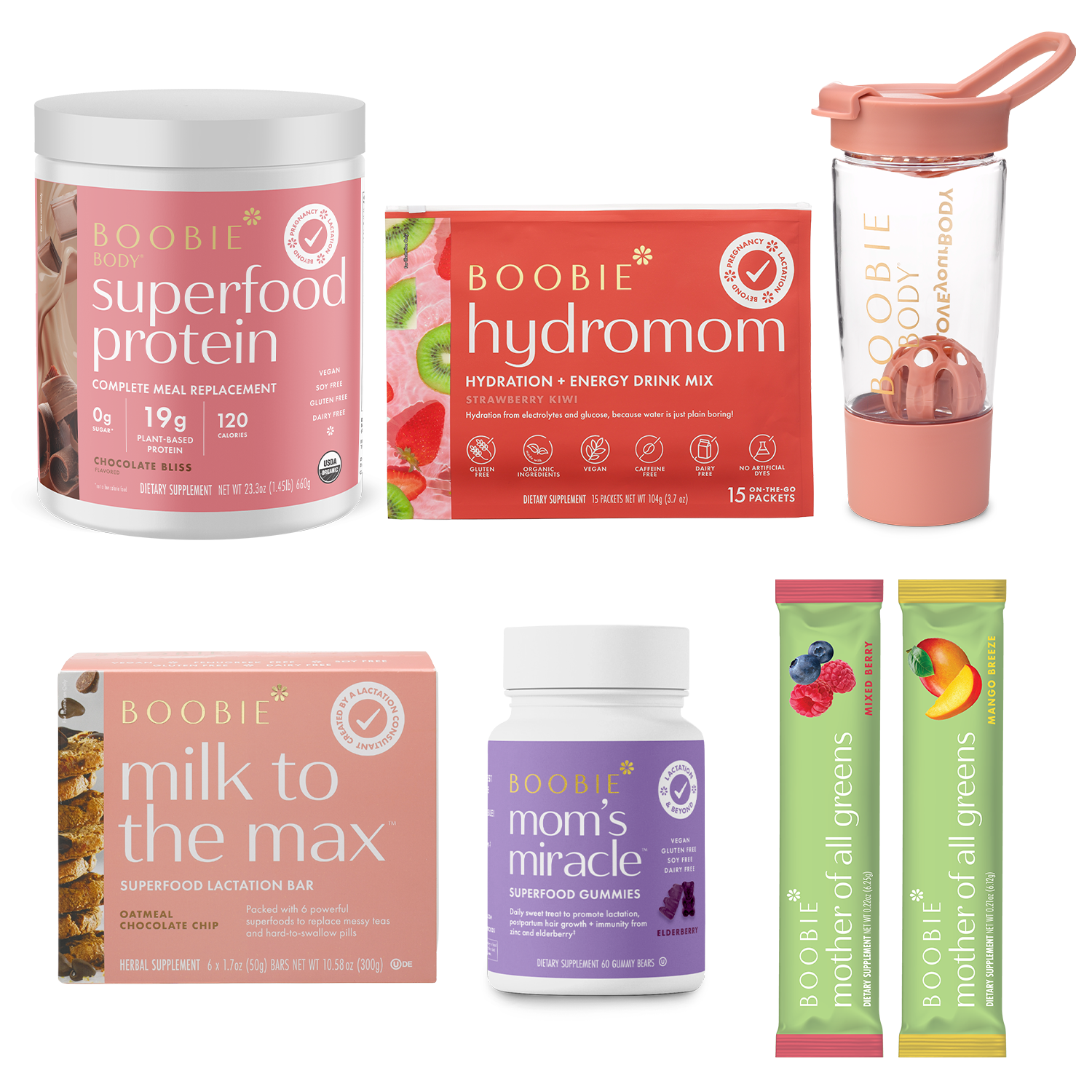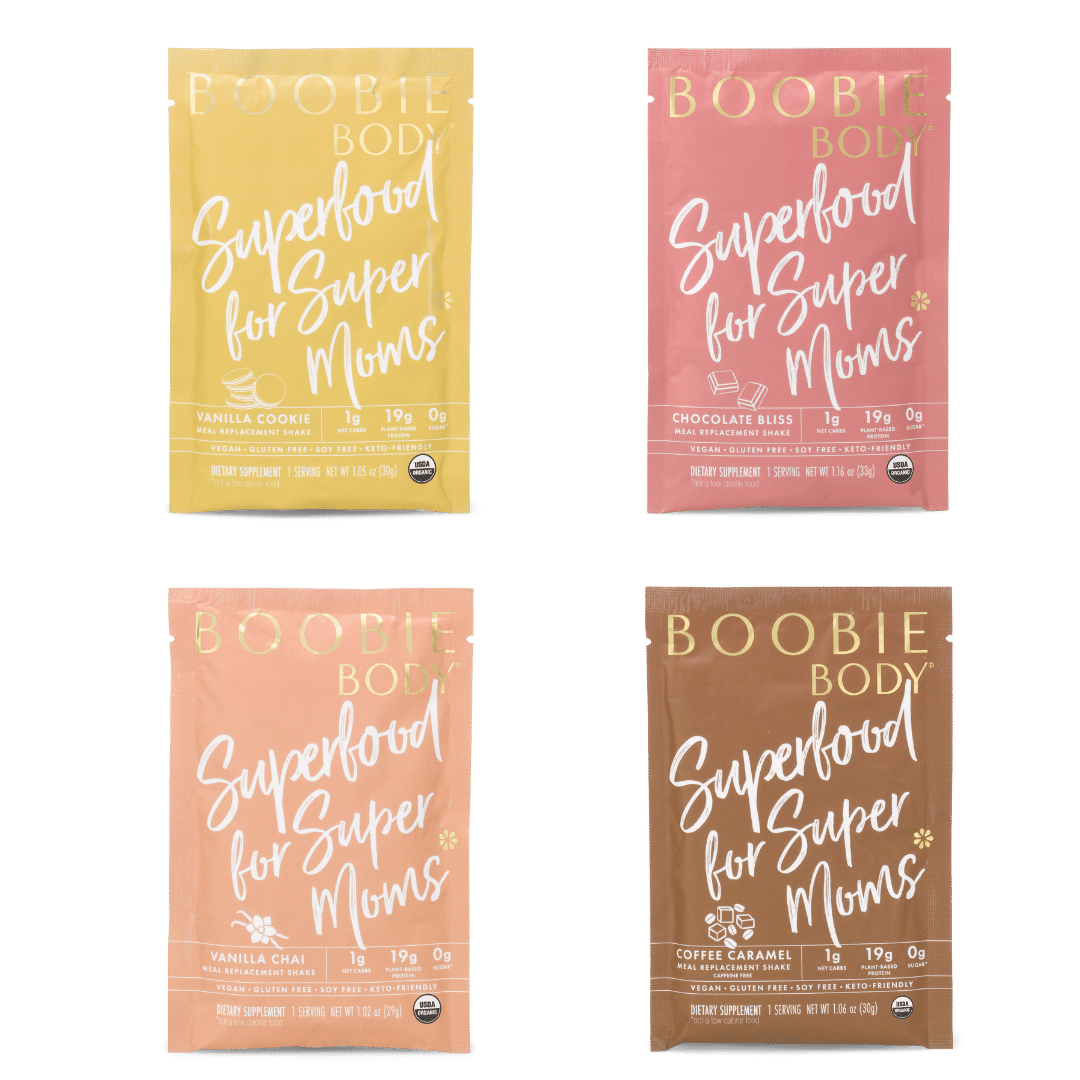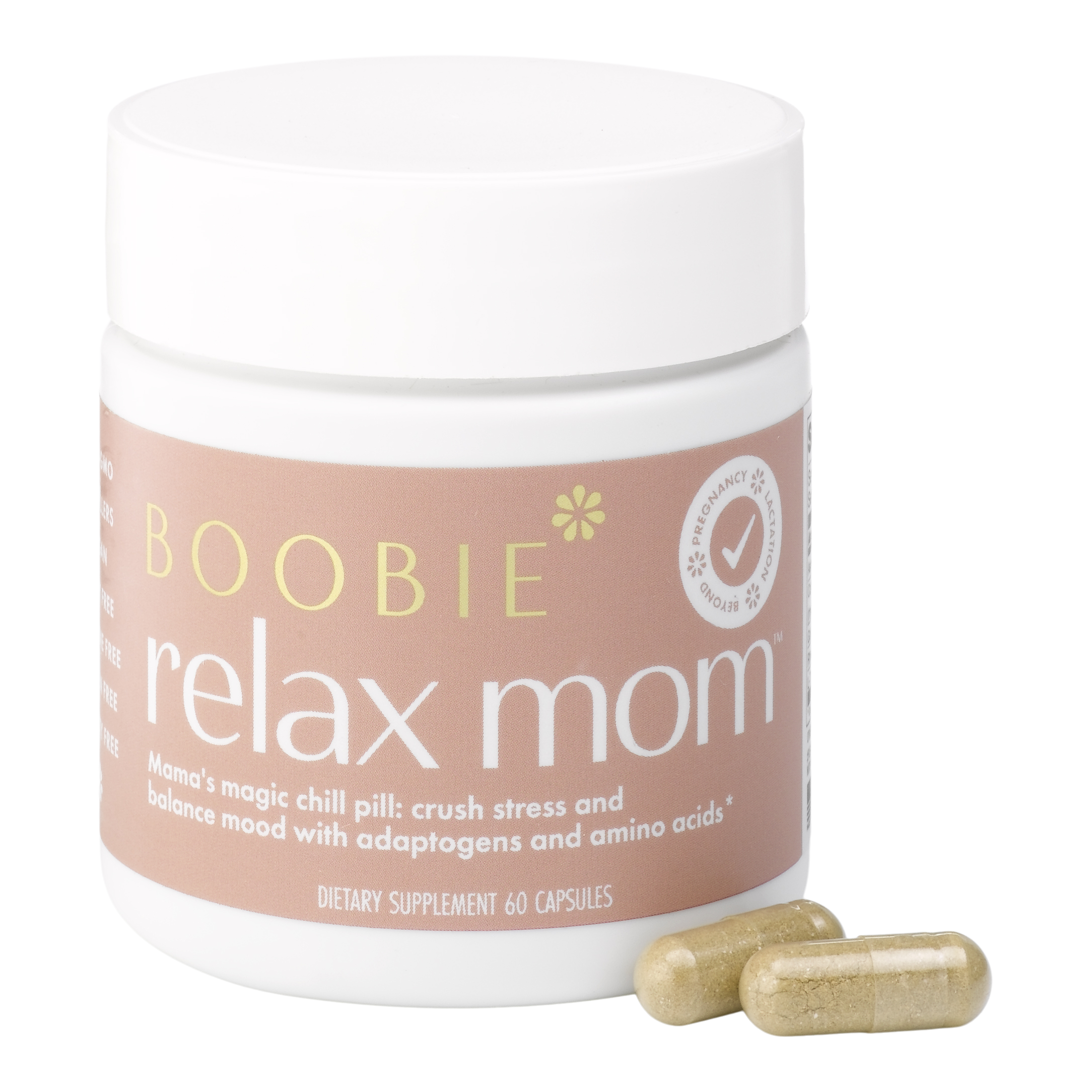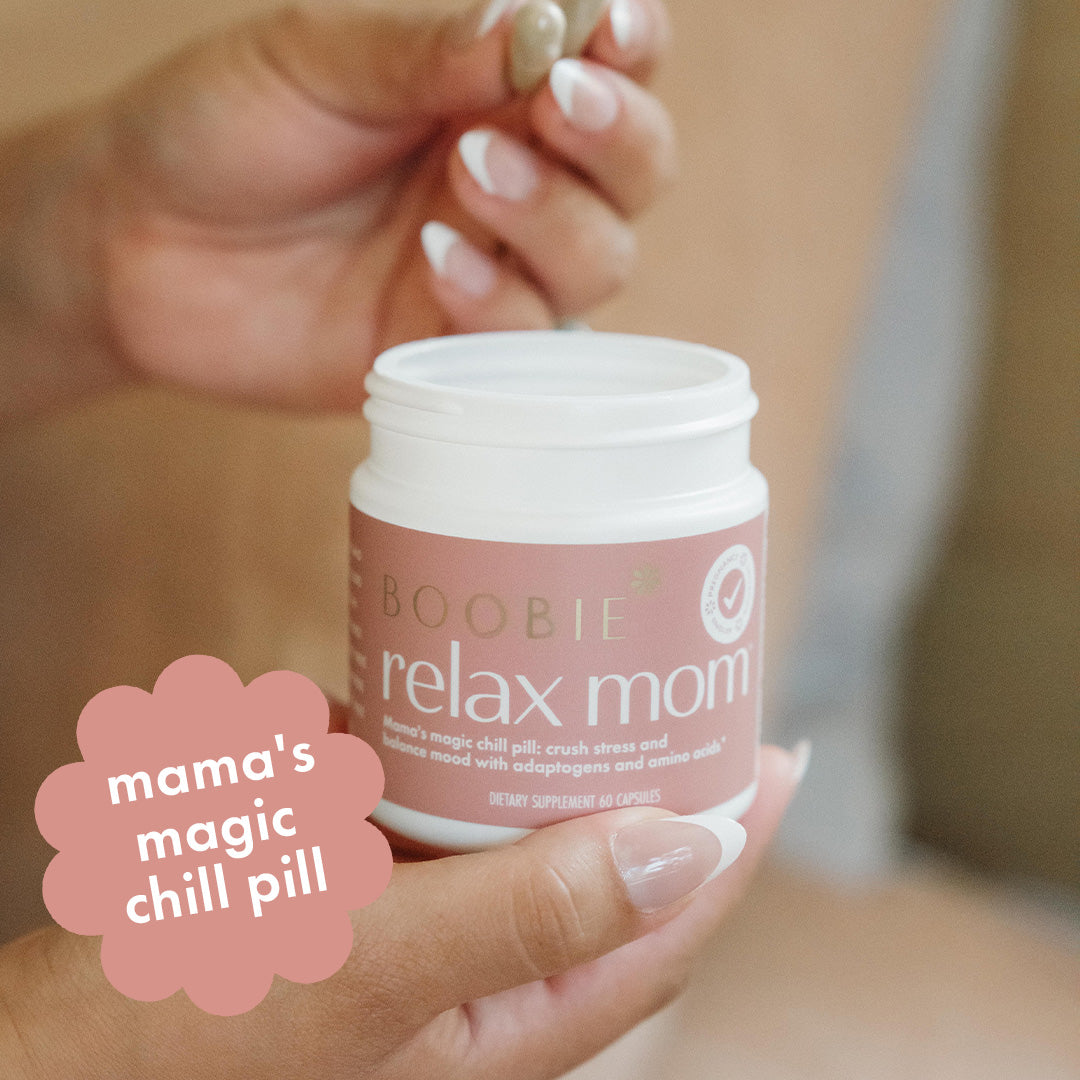By Wendy Colson RN, IBCLC, RLC
What is Power Pumping Breastfeeding?
If there’s one topic that always shows up amongst a group of breastfeeding moms, it’s almost always: increasing milk supply. While there are several factors that influence milk supply, power pumping has recently become a buzzword. So let’s dive into more about power pumping, when you can use it and some tips and tricks.
Remember that milk is produced based on supply and demand, the more you nurse or pump, the more breast milk your body will produce (read more on this in our article Pumping to Increase Milk Supply). Power pumping is one way to increase the “demand” for more milk by mimicking a baby's cluster feedings. When milk stays in your breast for long periods of time, the body will naturally slow production. When studied, pumping for short, but frequent sessions raises prolactin (the milk-making hormone) levels which compare to a baby suckling.1
Why Power Pump?
There are a few reasons you might choose to begin power pumping. If you are an exclusive pumper, have a premature baby who is being supplemented or your return to work date is nearing, this is a good technique to use when you reach pump fatigue and your milk supply plateaus or dips. since cluster feeding is missing if exclusively pumping, yet essential to “fake” the body out. Power pumping may be a great tool to integrate into your pumping schedule since cluster feeding is the norm in lactation and may be missing if the baby does not go to breast often or not at all. Power pumping is also a tool to help increase your milk supply. It’s important to keep in mind that if you are concerned about low milk supply, power pumping might only act as a bandaid until the root cause is discovered. Working with an experienced IBCLC and discussing your concerns with your pediatrician can support you in finding a solution to support your breastfeeding goals.
Power Pumping Can be Helpful When:
- You notice a dip in your supply due to irregular feedings/pumping sessions
- Hormonal changes such as the return of your period occur
- Your stress level has increased (such as when returning to work!)
- You have been sick and/or taking medications
- You have been spending longer periods of time away from baby
- Your baby has started solid foods and is emptying the breast less frequently
How to Create a Power Pumping Schedule
Since the goal is to mimic cluster feeding, alternating between a pumping session and resting is key. In total a typical power pumping session is approximately 1 hour. Aim for getting in a session during nap time or after baby goes to bed which is typically when babies would cluster feed, anyway. The timing does not have to be exact (for example, you can pump 15 minutes and rest for 10 minutes, whatever interval works) it just needs to facilitate a let down from your breast. While you are pumping your goal is to stimulate a let down, take a break then begin pumping again to facilitate another let down just as your baby would if they were nursing.
Recipe on How to Power Pump to Boost Milk Supply:
- Find time in the day that you can pump uninterrupted
- Pump for 20 minutes and rest for 10 minutes
- Pump for 10 minutes, and rest for 10 minutes
- Pump for 10 minutes
- Repeat this cycle for an hour
Common Questions about Power Pumping:
Are There Supplies I Need?
A good double electric pump can help to make a power pumping session easier and can be obtained before your delivery from your health insurance at no cost to you or you can purchase one. A hand free pumping bra can be helpful to keep flanges in place and allow you to be hands free to grab a snack like our breastfeeding bites, hydrate and massage your breast while pumping.
Is There a Time of Day I Should Power Pump?
One time each day during your normal pumping window should be sufficient to increase your supply, however some moms choose to power pump twice a day. Experiment with a schedule to see what works best for you, but remember if the baby still goes to breast, do not let the pump interfere with the amount of milk needed in the breast at your baby’s next feeding. Baby gets first, pump gets seconds is my mantra which protects the breastfeeding relationship you have established by now mama.
How Fast Will I See Results?
Nurse and pump according to your regular routine. Results may be achieved within the first three days but can take up to three weeks for some women with consistent pumping.
What if My Nipples Begin to Hurt During Power Pumping?
Pumping should never be painful, and discomfort during pumping will actually interfere with let down, so be sure to carefully select the speed and suction level that is the most comfortable for you. You can reduce friction by lubricating your pump flanges with breastmilk, coconut oil or lanolin prior to applying the pump. Warm your breasts with warm compresses or apply a heating pad to encourage letdown prior to power pumping.
What if I Don’t Have a Double Breast Pump?
If you are utilizing a single breast pump or hand expression, modify the above schedule by switching sides rather than taking a break. Pump four times alternating between the right and the left side for 10 minutes each.
You may also choose to nurse your baby on one side and pump on the other, switching as you would during a normal nursing/routine pumping session.
It is recommended for breastfeeding moms to eat around 17 grams of extra protein every day for at least the first six months. Be sure to take good care of yourself by eating protein-dense foods (or supplementing with breastfeeding protein powder), staying hydrated and drink plenty of water and eating an extra lactogenic snack when power pumping to assist with maximum milk production. This will help keep your milk supply ample and in turn, will pass to your baby during breastfeeding. So, do what works for you. Stay positive and take care of you.
Be well, you’re a Supermom!!
References
- Prolactin Release During Nursing and Breast Stimulation in Postpartum and Non Postpartum Subjects GORDON L. NOEL, HAN K. SUH, ANDREW G. FRANTZ The Journal of Clinical Endocrinology & Metabolism, Volume 38, Issue 3, 1 March 1974, Pages 413–423, https://doi.org/10.1210/jcem-38-3-413



















